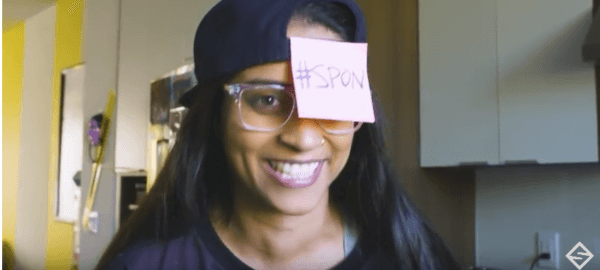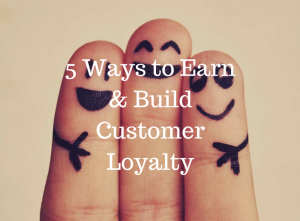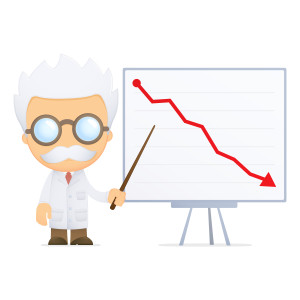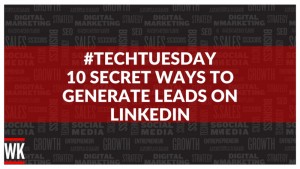Everywhere you look, it’s become more challenging to separate ads from content. Columnist David Rodnitzky discusses the most common methods marketers are using and why they’re effective.
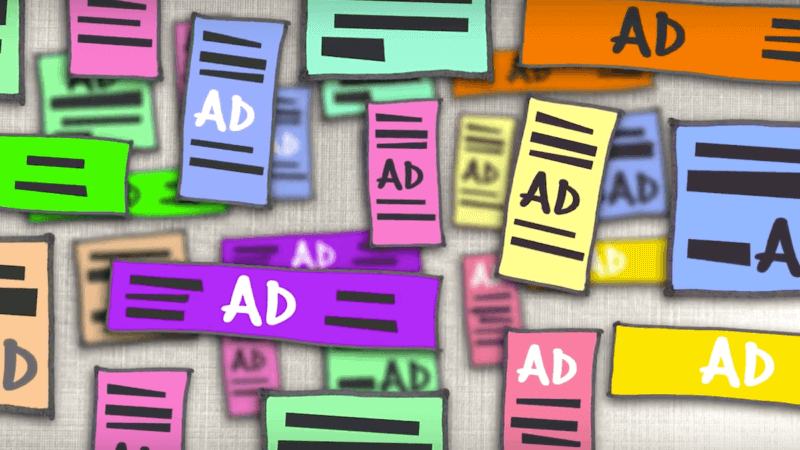
Roger Federer sells watches. Peyton Manning sells pizza. Matthew McConaughey sells cars. Does anyone who watches these ads truly believe that these celebrities actually use the products they endorse? Probably not. And yet, these ads work. There’s a psychological concept called “transference,” where positive association with one thing (the celebrity) is transferred to another thing (the product). We humans, it turns out, are pretty weak-minded!
Still, the power of an advertisement is diminished when the consumer realizes it is an ad. When Peyton Manning won the Super Bowl in 2015, he was interviewed after the game and replied that he was going to “drink a lot of Budweiser.” Was he paid to say this? If he was, Budweiser probably got immense bang for its buck, because most consumers assumed that Manning genuinely liked Bud. (It turns out he wasn’t paid directly, but that he does have a stake in two Bud distributors).
In online marketing, publishers are constantly trying to disguise ads as something other than ads, because they know these advertisements will be more effective and thus will be able to sold to advertisers for more money. Below I’ll provide an overview of the most common methods used online to make advertising look like editorial content.
Native advertising
The name “native advertising” itself basically reveals why these are effective. An ad that looks like native content is going to confuse some consumers into thinking that the ad is editorial content instead of a paid promotion.
The Federal Trade Commission has noticed the potential for confusion and has issued guidelines to publishers that are pretty straightforward: “advertisements and promotional messages that promote the benefits and attributes of goods and services should be identifiable as advertising to consumers.”
Despite the guidelines, however, a recent study showed that nearly 40 percent of publishers were ignoring the FTC’s rules! Put another way, until the FTC actually starts to enforce their guidelines with harsh penalties, these ads are just too effective for publishers to tamp down.
Here’s a good example of native advertising that’s hard to identify as advertising (it’s the “from our partners” section):
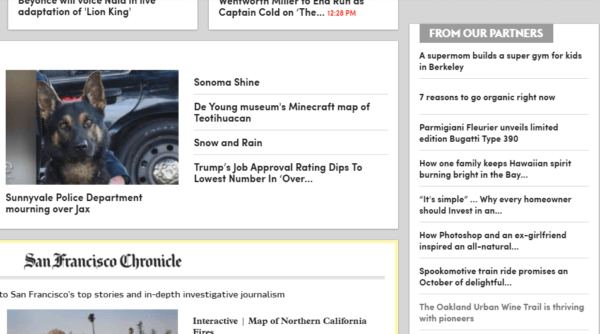
Sponsored editorial content
Online publishers are finding that they can displace or supplement native advertising networks like Taboola and Outbrain with their own sponsored editorial content. This is the ultimate native ad unit because the consumer believes that the ad is editorial content actually written by the publisher.
To show you how (intentionally) confusing this is, take a look at two screen shots from Business Insider. Which of these screen shots is an ad?
Screenshot #1:
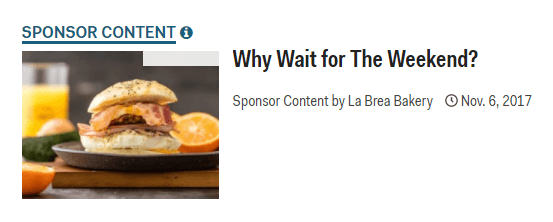
Screenshot #2:

If you said “both,” you’re right. Click on the “Insider Picks” link, and you’ll see a brief disclosure: “The Insider Picks team writes about stuff we think you’ll like. Business Insider has affiliate partnerships, so we get a share of the revenue from your purchase.” In other words, this is an ad that isn’t listed as an ad until you click through, and then the disclosure is somewhat murky.
Influencer marketing
Influencer marketing” — where a celebrity gets paid to mention a product or service (normally through a blog post, YouTube video or Instagram post) — has taken off. And a lot of influencers aren’t your typical celebrity who made their name on TV or in sports, but rather someone who has built their reputation entirely through online activity.
I suspect that the power of transference is even stronger with online influencers than normal celebrities, simply because their product promotions seem more authentic, and because their followers feel a greater personal connection to them than a distant Hollywood elite.
Until fairly recently, influencers didn’t even have to disclose to their fans that they were getting compensated for hawking a product. This is changing quickly, however, as the FTC has now issued guidelines (and threatened penalties) that require upfront disclosure. Influencers, of course, aren’t too happy about this, because disclosure won’t help their ad revenue (To see a funny take on how they’re reacting, watch this YouTube video from Lilly Singh starting at 4:02.):
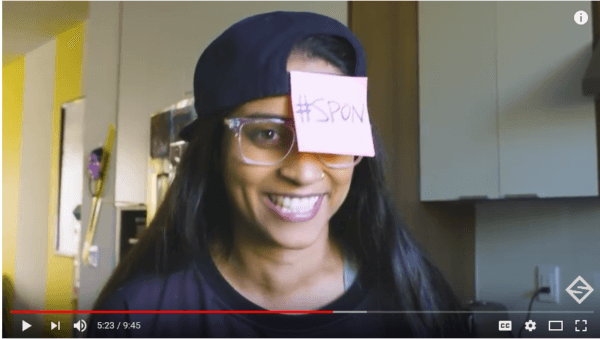
AdWords
Even AdWords isn’t entirely transparent about the paid nature of ad units. Over time, Google has gradually diminished the contrast between paid ads and organic ads. Check out this progression of SERPs from 2001 to today:
2001 (note the background shading of ads):
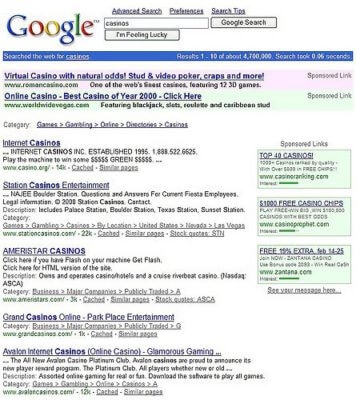
2014 (no background shading but a big orange “Ad” icon):
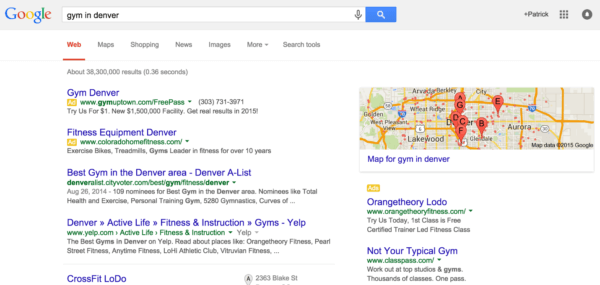
2017 (Buh-bye orange icon!):

Social media advertising
Social media advertising is following the trend of making it challenging to separate ads from content. On Facebook, ads run in a user’s News Feed with a light “sponsored” note at the top (but also with the strange notation that this is a “suggested post” (suggested by whom, the Facebook sales team?):
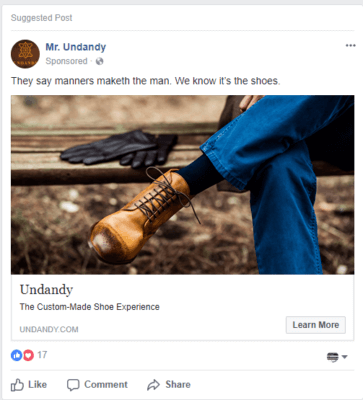
LinkedIn uses “promoted” to disclaim their News Feed ads:
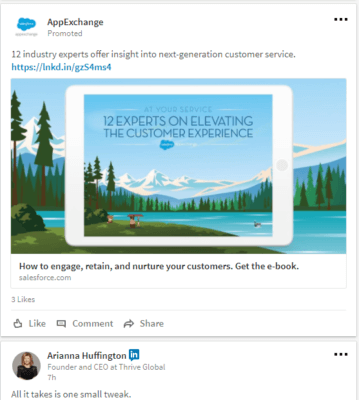
And Twitter buries the “promoted” notice at the bottom of the post:
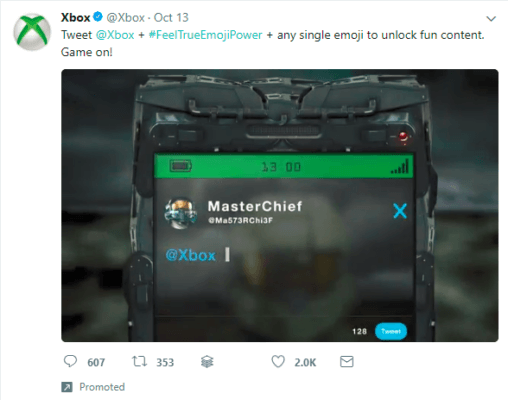
The lesson of the banner ad that was too colorful
Many years ago, I worked for a company that had a huge yellow banner ad on its home page. The banner was big and bold because we wanted people to click on it and go to some paid content on another page.
When we did user studies, however, again and again we saw users scroll right over the banner without clicking on it. Even when we told them to navigate to the page that the banner ad would send them to, the users still couldn’t see the banner, even though it was right in front of them (and really yellow — did I mention that already?).
This study is a great example of banner blindness, which proves my point: Ads that look like ads get ignored by users. The more an ad looks like content, the more likely it is that a user will click on it. The trick is to do this legally and ethically, of course, a practice that is still evolving as we speak.
As a postscript, I found that website I worked on in 2002. See if you suffer from the same banner blindness:
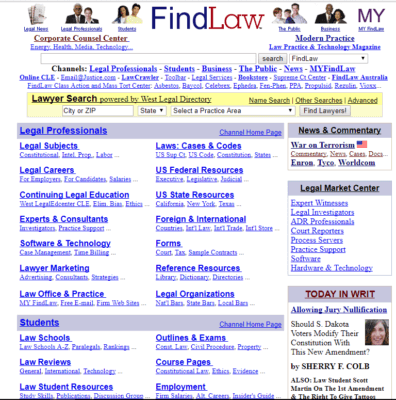
Opinions expressed in this article are those of the guest author and not necessarily Marketing Land. Staff authors are listed here.
Marketing Land – Internet Marketing News, Strategies & Tips
(83)
Report Post